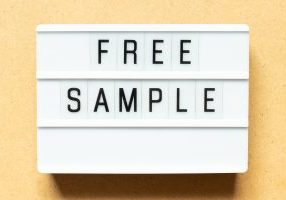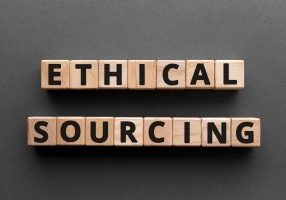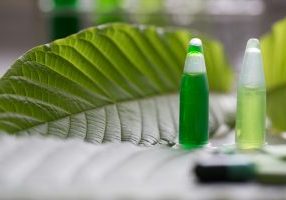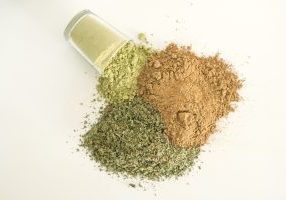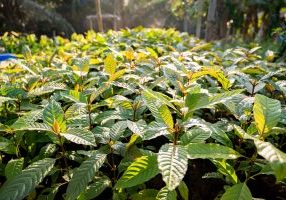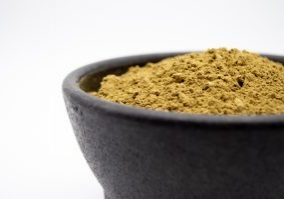When you’re learning about Kratom, it can be hard to get clear information about where it comes from, what it is, and what the legalities of it really are. Here at Left Coast Kratom, we devote a lot of time and resources to learning these ins and outs because of how confusing the world of Kratom currently is. And we’re happy to share that information with our beloved customers!
One thing a lot of people want to know more about is where Kratom is grown and exported from before it’s delivered to vendors here in the US.
Does Thai Kratom really come from Thailand? You’ve probably seen conflicting responses, and that’s mostly because there is so little information on the internet from these areas that can be used to clearly answer your questions.
Today, we’ll work to clarify three major points of confusion about countries that export Kratom.
As your trusted Kratom vendor, we feel it is important for you to have a better understanding of the places where Kratom traditionally comes from, and this is our attempt to help you begin collecting that information!
1: Kratom Is Illegal To Use In Many Places
Two of the places that people most often envision when they think of Kratom, Thailand and Malaysia, have strict laws about Kratom usage. While historically people have used Kratom in these areas for centuries, laws set up within the last 100 years have made it illegal to use Kratom in most circumstances.
Thailand has made Kratom a schedule 5 narcotic, so users can be heavily fined or jailed if they are caught with Kratom. Recently, however, there are some exceptions for those who are interested in Kratom for its medicinal potential, but you must be registered with the government and buy through approved vendors in order to truly follow these regulations.
In Malaysia, Kratom is included as a Dangerous Substance on their official lists, but there isn’t much active criminalization of Kratom at this time. There have been a few attempts by the government to further criminalize the use of Kratom, but a respect for the traditional and ritual uses of Kratom have prevented any of those acts from being passed.
And while Malaysia can still export some Kratom, Thailand currently cannot export it at all. For that reason, much of the exporting of Kratom is done from Indonesia.
In Indonesia, not as many people have historically used Kratom due to differing opinions about whether or not it is allowed under certain religious laws. It’s currently banned for use in Indonesia but legal to export out of the country. Vendors and advocacy groups in the United States are working hard to make sure Kratom export remains legal in Indonesia.
The key takeaway is this: While exporting countries may be allowed to sell Kratom in various forms and make a profit off of it under their countries’ regulations, that does not always mean that locals can consume Kratom themselves!
2: Most Strains Are Not Grown Where You Think They Are
Another interesting fact that many people do not realize about Kratom is that the name of the strain does not always indicate where that particular batch of Kratom was grown! Strain names are more likely to identify differences in alkaloid content and color than they are to indicate where the Kratom came from.
In fact, due to limitations by the governments of Thailand, Malaysia, and other areas where Kratom thrives, most Kratom today is grown in Indonesia. Specifically, the island regions of Borneo and Sumatra are two of the most prominent exporters of Kratom.
It can feel a bit misleading that the strain names do not match the exporting country, but remember that you are searching for a specific experience, not a specific country, when you are buying various Kratom strains. Strain names often represent the origin of that strain’s particular lineage, not necessarily where the specific tree was grown.
3: Kratom Is Not Used By Everybody
Kratom is used to some extent in all countries that export it. While it is illegal to use domestically in some of those countries, there are definitely still communities of people that choose to continue to use Kratom for various purposes and benefits.
Still, that doesn’t mean that everybody in these countries is using Kratom!
Even as someone who believes that Kratom has positive effects, it is unlikely that you would recommend every single person you know to use it. After all, there are specific reasons that you chose to take Kratom, and those reasons aren’t going to make sense for everyone.
The same rule applies to countries that export Kratom.
In Thailand and Malaysia, for example, Kratom is largely used by laborers to make it easier to get through a long day of physical work. Additionally, Kratom is used in small, rural villages as a type of traditional ceremony item.
If you were to go to Bangkok and ask the first Thai person on the street if they use Kratom, their answer is more likely to be “no” than anything else.
It’s easy to assume that using Kratom is incredibly commonplace in its countries of origin, but the truth is that Kratom is still used in limited and specific ways there just as it is here. And that distinction is pretty important!
Kratom: Not So Simple
The process of vendors getting Kratom is not so simple, and that is a large part of why there has been so much confusion on the importing side of Kratom use. Where did it come from? What strain is it? How do we know if it’s a safe, clean product?
All of these questions only get more complicated when one has to consider the cultural and legal obligations that exporters have in their own countries, and that can make thinking about the entire Kratom industry a bit of an overwhelming headache!
Reputable vendors will take the time to gain knowledge about exporting countries, to call in experts on laws in each jurisdiction, and to develop strong relationships with trustworthy farmers in those areas. We look forward to industry advances that allow more companies learn about compliance with Good Manufacturing Practices and how to track their products from seed to sale for the safety and comfort of our customers.


